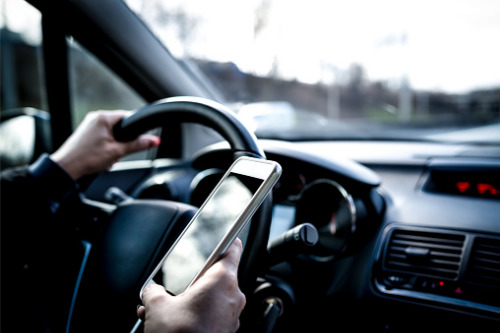

Many Canadians admit to engaging in distracted driving habits and consider these behaviours safe – except when other people are doing them, a new survey has revealed.
Comparison website Ratesdotca has found that almost three-quarters, or 74%, of respondents who engage in activities that turn their focus away from the road do not think they pose a threat to anybody’s safety. However, eight in 10 admitted to feeling uncomfortable when they see their driver texting or calling.
The survey of a representative sample of 1,001 Canadians also showed that a larger number of respondents believe that distracted driving is the leading cause of vehicular traffic deaths (47%) compared to impaired driving (34%).
“That last result is downright perplexing,” wrote Jameson Berkow, managing editor at Ratesdotca, in article about the survey results. “The only way it can be squared with such high proportions of drivers claiming distracted behaviours are safe, at least to me, is that millions of Canadians must subscribe to the ‘I can text and drive safely, but other people cannot’ stereotype.”
Eating or drinking (79%) and making phone calls on a hands-free device (65%) topped the list of distracting behaviours drivers engage in. However, 80% of respondents who engage in these practices consider them safe.
Reaching for an object (56%), using navigational apps on an unmounted device (40%), and making a phone call on a handheld device (25%) rounded up the top five distracted driving habits, which were deemed safe by 57%, 68%, and 49% of respondents, respectively.
The survey also revealed that only four in 10 respondents would ask a distracted driver to stop. However, Berkow encouraged passengers to be “more comfortable” in calling out distracted drivers, citing that 76% of respondents said they would not object if their passenger asked them not to engage in distracted driving habits.
“Distracted driving can lead to injury and death, and even if nobody gets hurt it can still lead to serious financial consequences in terms of fines and paying more for car insurance, with a range of 15% to 25% increase,” Berkow said in a statement. “Drivers need to be reminded that they alone are responsible for the safe handling of several thousand pounds of fast-moving metal and for the sake of making a phone call or checking a notification, the consequences could be tragic.”
